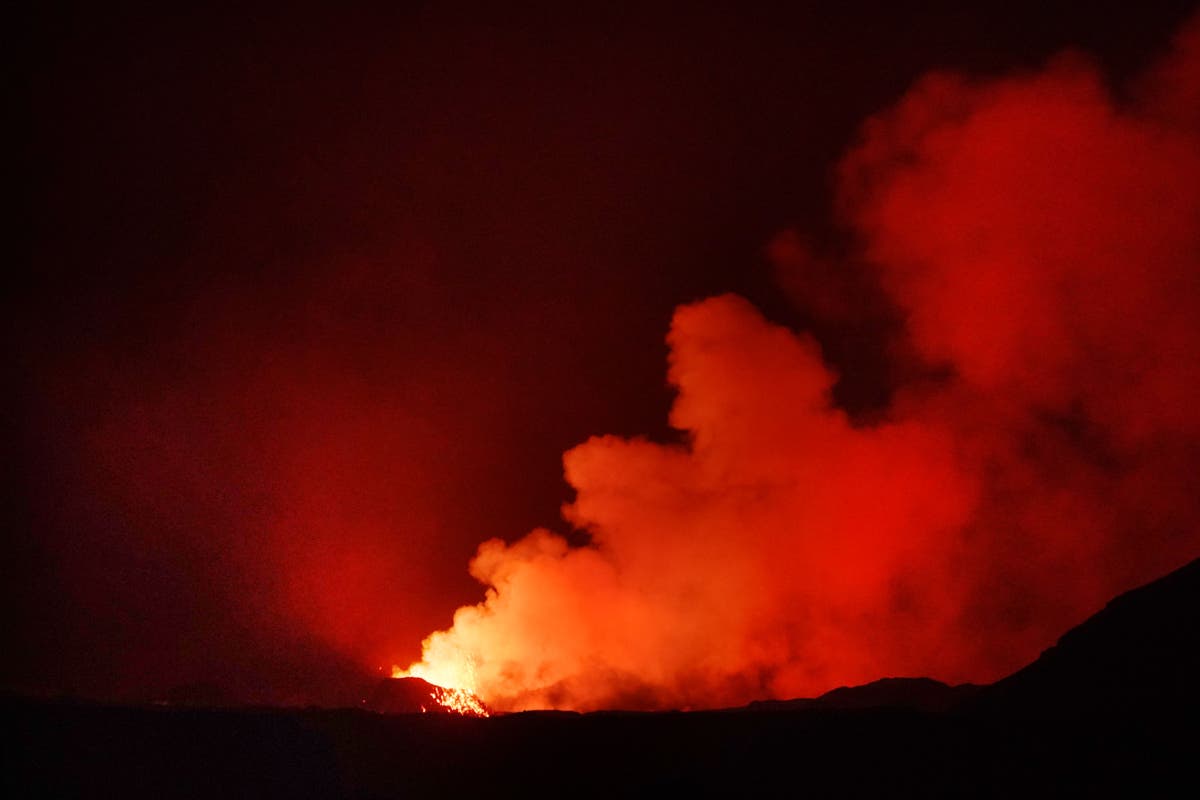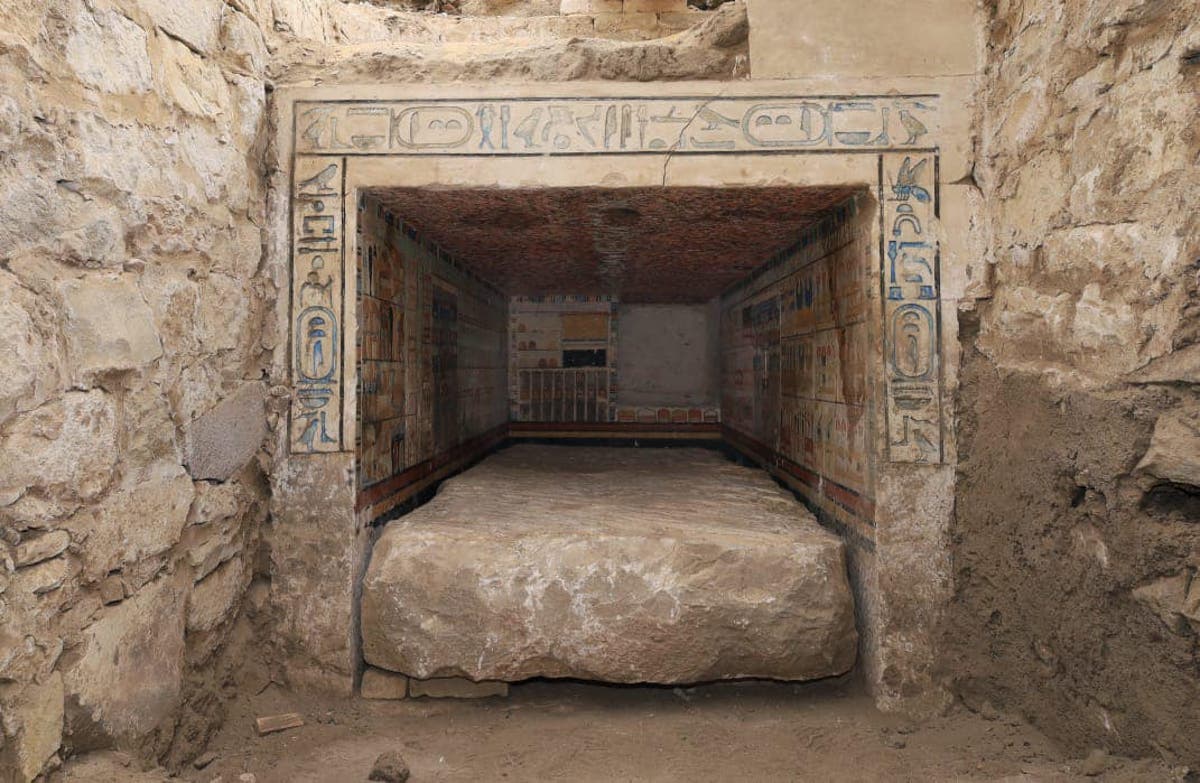Researchers at the University of St Andrews have unveiled new insights into the pivotal role of carbon dioxide in shaping Earth's climate over millions of years. Analyzing fossil evidence from the Late Palaeozoic Ice Age (335 to 265 million years ago), the team discovered a direct correlation between CO2 levels and significant climate fluctuations.
The study, published in Nature Geoscience, focused on the chemical signatures preserved in ancient brachiopod shells. These fossils, remnants of organisms that thrived in ancient oceans, offer a unique window into past atmospheric CO2 levels.
Crucially, the research demonstrates that prolonged low CO2 levels characterized the Late Palaeozoic Ice Age. A dramatic surge in CO2, linked to large-scale volcanic eruptions roughly 294 million years ago, triggered a warming trend, subsequently melting ice sheets and raising sea levels. This underscores the potent influence of CO2 on global climate.
"The end of the Late Palaeozoic Ice Age marked a pivotal moment in Earth's history, shaping the evolution of life and the environment," explained Dr. Hana Jurikova, lead researcher. "Our findings clearly show carbon dioxide as the driving force behind these changes."
The study's meticulous analysis of multiple chemical markers in the brachiopod fossils allowed the researchers to precisely quantify past CO2 concentrations and track their fluctuations. This detailed understanding underscores the critical role of CO2 emissions in past climate change.
Co-author Dr. James Rae added, "Past CO2 emissions have resulted in major global warming and sea-level rise. Failing to address current emissions poses a similar risk for the future." This reinforces the importance of understanding past climate patterns for predicting future scenarios.
The research highlights the significant impact of CO2 on Earth's climate, connecting past events to present-day concerns about rising greenhouse gas levels and their potential consequences.







